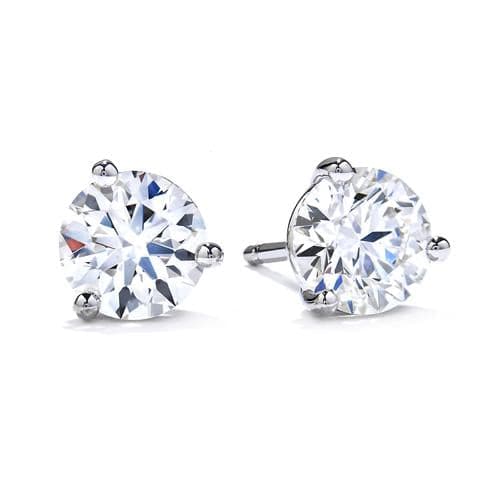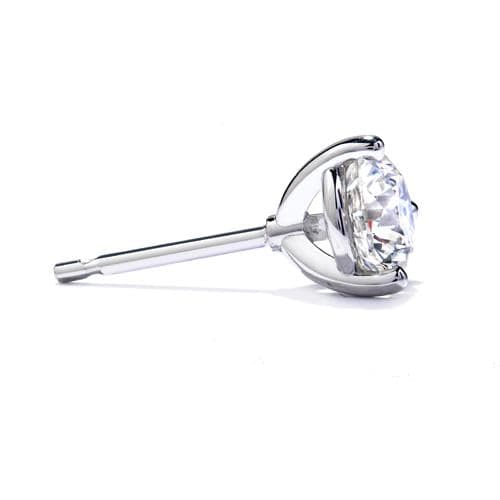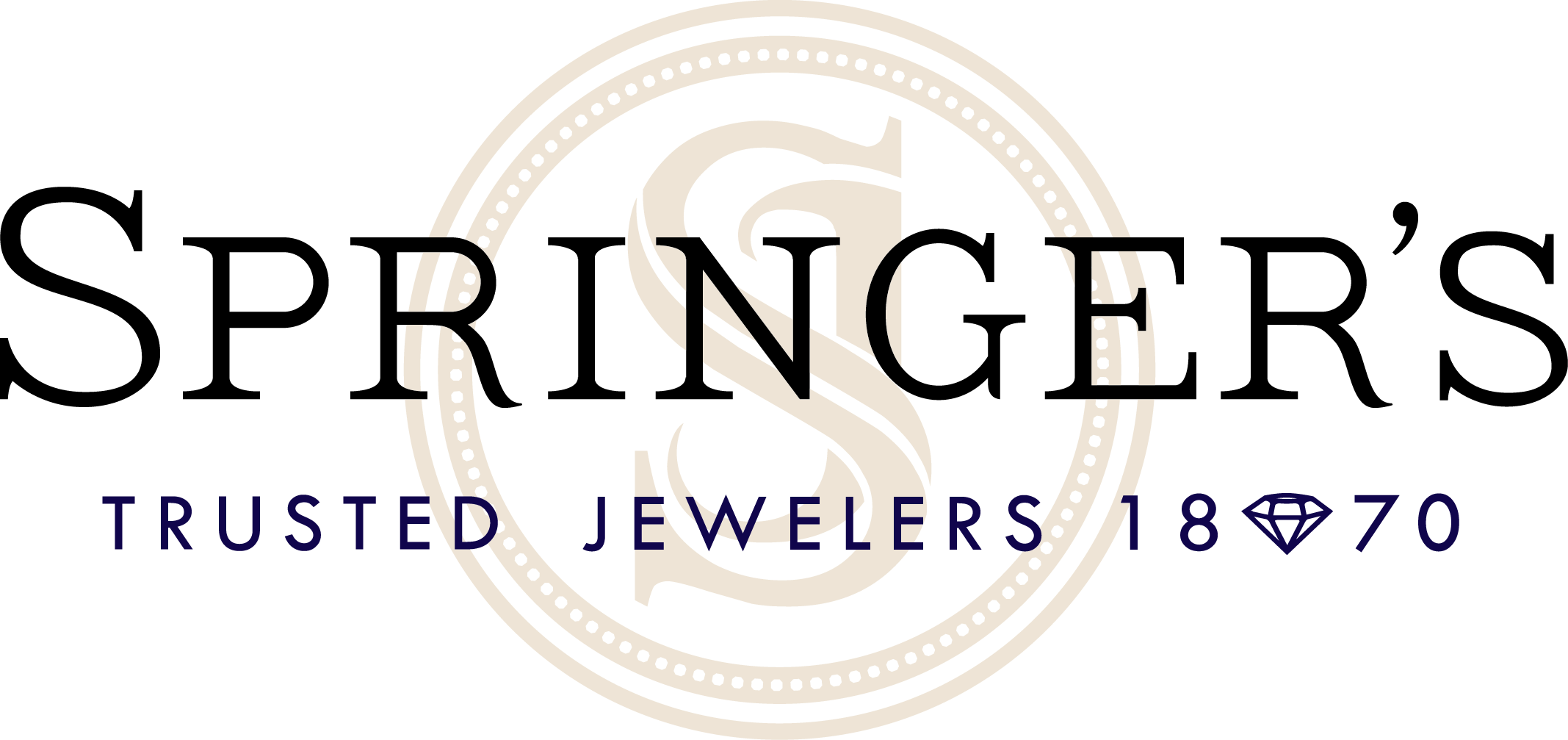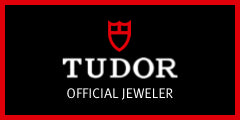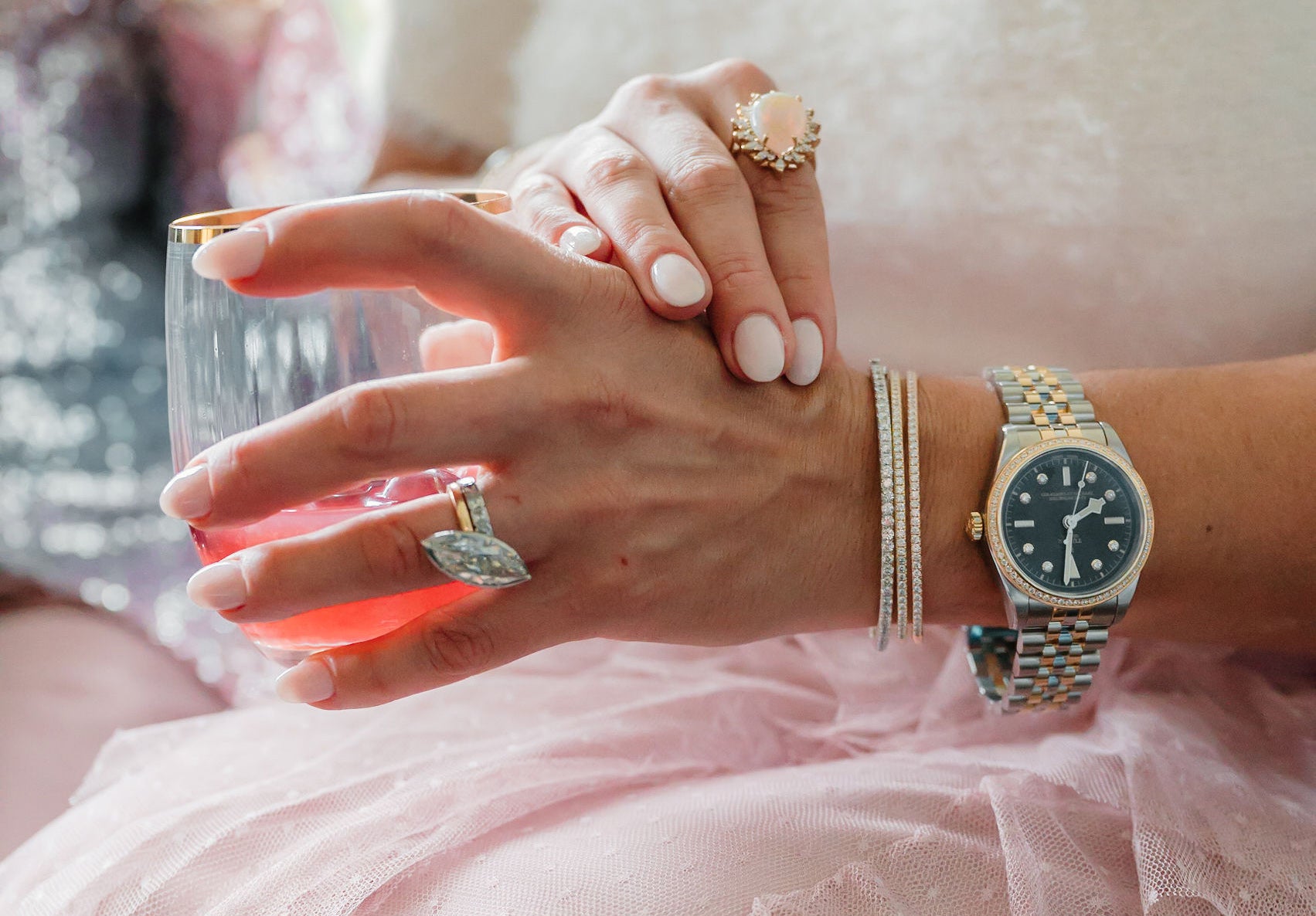At Springer's Jewelers, we often marvel at the captivating sparkle of diamonds. It's not just the size or shape that catches the eye, but the way light plays within the stone, creating an enchanting display of brilliance, fire, and scintillation. But what exactly makes a diamond sparkle so mesmerizingly? This blog delves into the science and art behind a diamond's sparkle, providing insights into how these precious stones capture light and transform it into a dazzling spectacle.
The Science of Sparkle
The sparkle of a diamond is not just a result of its external beauty but is deeply rooted in its physical and optical properties. Understanding these aspects can enhance your appreciation of this gemstone's unique qualities.
Refraction and Reflection
- Refraction: This occurs when light passes through a diamond, bending as it enters from one medium to another (from air into the diamond). This bending, or refraction, slows down the light, causing it to change direction slightly, which is critical for the sparkle.
- Reflection: Once light is inside the diamond, it reflects off the internal surfaces, or facets. The angles at which these facets are cut play a crucial role in how light is reflected back to the eye, which is what we perceive as sparkle.
Dispersion: The Play of Color
Dispersion is what causes the beautiful rainbow colors you see in a well-cut diamond. As white light passes through the diamond, it is split into its spectral colors (red, orange, yellow, green, blue, indigo, and violet). Each color travels at a different speed and exits the diamond at different angles, creating a play of colors that enhances the diamond’s sparkle.
The Art of Cutting: Maximizing Sparkle
The way a diamond is cut is perhaps the most crucial factor in determining its sparkle. The cut of a diamond includes its shape, the symmetry of its facets, and the proportions of its design.
Ideal Cut Proportions
An "Ideal Cut" diamond is designed to maximize sparkle by allowing most of the light that enters the stone to reflect back through the top (the table) to the observer's eye. This balance requires precise artistry and science, including:
- Depth: Too deep or too shallow a cut can cause light to escape from the sides or bottom, reducing the diamond's overall sparkle.
- Table Size: The size of the top facet affects how light disperses and reflects within the diamond.
- Symmetry: Symmetrical facet patterns enhance the balance of light reflection, contributing significantly to the stone's brilliance.

Shapes and Facet Arrangements
Different diamond shapes and their corresponding facet arrangements can influence how light is reflected. For example:
- Round Brilliant Cut: Known for its 58 facets, it is optimized for maximum brilliance and is the most popular shape for engagement rings.
- Princess Cut: Offers a unique sparkle with its distinct square shape and numerous facets designed to reflect light intensely.
Beyond Brilliance: Scintillation and Fire
While brilliance refers to the overall light reflected from a diamond, scintillation and fire refer to how light behaves when the diamond, light source, or the observer moves.
Scintillation: The Sparkle When You Move
Scintillation is the sparkle you see when the diamond or the light source is moved. This dynamic interaction of light involves the interplay between dark and light areas within the diamond, created by the movement of light across its facets.
Fire: Colorful Flares
Fire describes the colorful flashes emitted from a diamond, primarily seen in well-cut diamonds under natural light. These flashes occur because of dispersion, as different facets emphasize different colors at various angles.

Factors to Consider when Choosing Your Sparkling Diamond
When searching for a diamond that offers exceptional sparkle, understanding how to evaluate its quality and characteristics is crucial. At Springer’s Jewelers, we guide our customers through a comprehensive selection process, focusing on elements that enhance a diamond's brilliance and scintillation. Here’s what you should look for when choosing a diamond that truly sparkles:
- Focus on the Cut
The cut of a diamond is the most critical factor in determining its sparkle. It’s not just about the shape but how well the diamond’s facets interact with light.
- Cut Grade: Always prioritize diamonds with an "Excellent" or "Ideal" cut grade if maximum sparkle is your goal. These grades indicate that a diamond has been crafted to deliver superior brilliance.
- Proportions: Look for diamonds with proportions that maximize light return. This includes the right balance of table size, crown angle, and pavilion depth. Diamonds with too deep or too shallow a cut can leak light from the sides or bottom, diminishing their sparkle.
- Consider the Shape
Different shapes can influence how much a diamond sparkles. While round brilliant cuts are renowned for their optimal sparkle due to their symmetrical arrangement of 58 facets, other shapes like the princess, oval, and marquise also offer excellent light reflection when cut well.
- Round Brilliant: This is the go-to shape for those seeking the ultimate in sparkle. Its geometry maximizes light return from the top of the diamond.
- Fancy Shapes: If you prefer a non-round diamond, consider shapes known for good light performance, such as oval, pear, or marquise, ensuring they are well-cut.
- Check the Symmetry
Symmetry plays a vital role in a diamond's sparkle as it affects how light is refracted within the diamond.
Ensure the diamond's facets are symmetrical and well-aligned. Each facet should work in harmony with others to reflect light effectively. Poor symmetry can result in light being misdirected inside the diamond, reducing its sparkle.
- Review the Clarity
While clarity is less directly related to sparkle than cut, a diamond with fewer inclusions and blemishes can reflect light more freely, enhancing its overall brilliance.
Choose a diamond with a clarity grade of VS2 or higher for an eye-clean look where no inclusions are visible to the naked eye. Such clarity ensures that nothing obstructs the passage of light through the diamond.
- Evaluate the Color
The color of a diamond can also impact its appearance and sparkle. A diamond that appears white or colorless will better reflect light without any color interference.
For the best sparkle, consider diamonds in the color range of D to H. These grades indicate that the diamond has little to no color, allowing for maximum light reflection and brilliance.
Conclusion
Choosing a diamond with exceptional sparkle involves a combination of art and science. At Springer’s Jewelers, our experts are equipped with the knowledge and tools to help you identify the perfect diamond that meets your expectations for sparkle and brilliance. We invite you to visit our stores or schedule a consultation to explore our selection of high-quality diamonds. Our commitment is to ensure you find a diamond that not only sparkles phenomenally but also captivates the heart.
